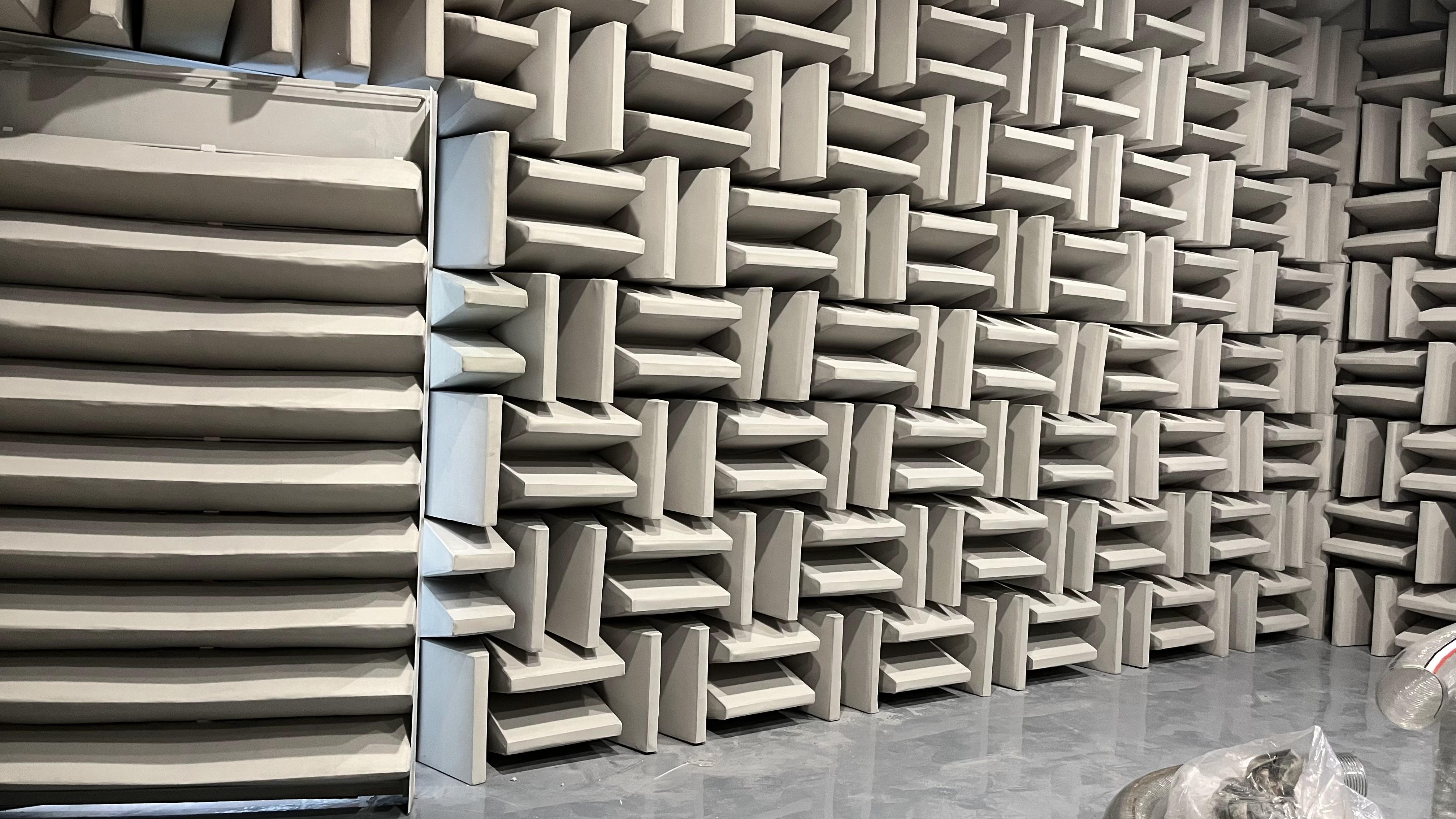The indoor environment of the anechoic chamber is very quiet, at least below 20 decibels. We must meet such an acoustic effect. The requirements for sound insulation are relatively high, so in order to achieve the ideal effect, try to choose a relatively quiet environment when selecting a site. You need to pay attention to the following matters:
1. The anechoic chamber should be far away from noise and vibration sources. If it cannot be avoided, appropriate isolation and vibration reduction measures should be taken.
2. The environment around the anechoic room should avoid frequent movement of people, especially high-heeled shoes, to avoid secondary noise.
3. The anechoic chamber should be far away from strong electromagnetic fields and vibration sources to avoid the impact of electromagnetic interference and vibration on the anechoic effect.
4. The environment around the anechoic room should not have reflective surfaces, such as walls and floors of other buildings, to avoid sound wave reflection affecting the anechoic effect.
5. The environment around the anechoic room should not have noise sources, such as vehicles, mechanical equipment, etc., to avoid noise interference.
The difference between the noise inside and outside the anechoic chamber, that is, the difference between the anechoic outdoor ambient noise and the indoor background noise, is also the amount of insulation. The higher the value of the insulation volume, the higher the cost. A quiet environment can also effectively control construction costs, so when selecting a location for anechoic chamber construction, a quiet environment should be used as much as possible.
